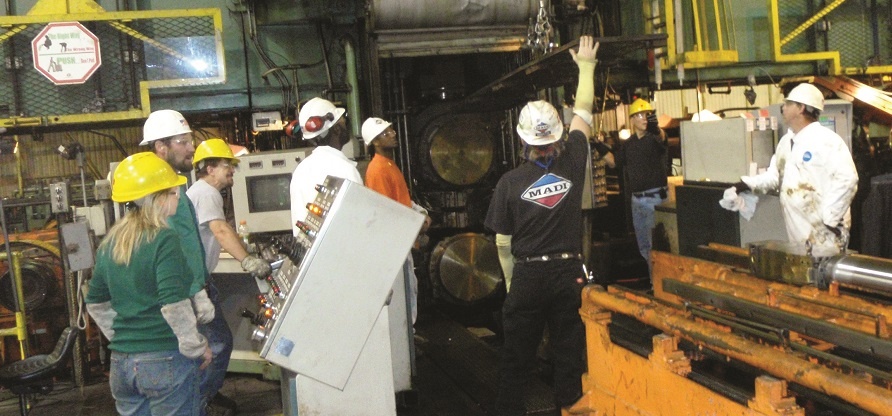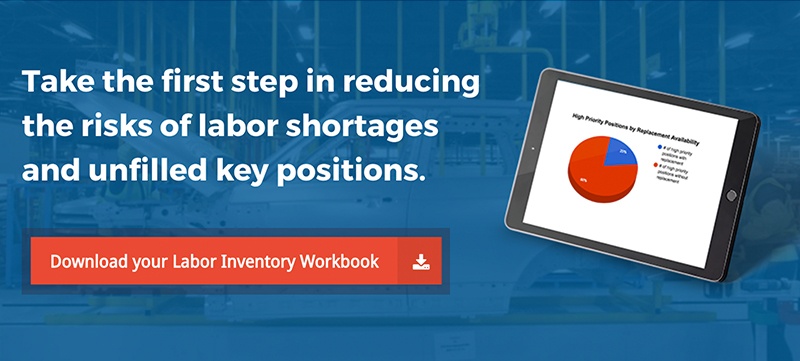1. Use Technology to Optimize Scheduling
But what about times when you need more than just your pool of workers? While scheduling software won't magically come up with more workers, technological solutions can help find outside help. Having a third-party supplier of skilled laborers that can offer workers immediately is essential. Thankfully, with one-third of the workforce currently operating as independent workers, countless apps have been created to focus on connecting folks to temporary assignments — and it's all just a click or call away.
2. Utilize Data to Plan Ahead
Often, it's a surprise order that has you scrambling for more staff. However, production plants now have greater access to business data than ever before. There are many insights you can derive by analyzing this data carefully.
While much of the talk in big data analytics is focused on marketing, sales and customer service, it can also be employed to predict which times of the week, month, quarter and year you'll be busier — and thus need more laborers. This can take away the surprise factor of big orders, remove the need for emergency staffing and prevent a late delivery to the customer.
As you start relying on data to help you see which times you'll probably need to bring in temporary workers, make sure to actually gather the resources to train your team on how to use that data. Sadly, on average, a business doesn't understand about half its data. Get educated, and don't let this happen to you. If you understand all that information you're collecting, you can use it to perfect your internal scheduling as well as your use of outside talent.
3. Ensure Access to the Right Workers
You also need to ensure you can provide proper training, progress checks and professional support. All these things go a long way in guaranteeing the workers will be there when you need them. Ensuring you have such access all the time requires that you get an early start by recruiting candidates as soon as possible. Preparation avoids disaster. Additionally, if going through a process is too hard on your own, think about finding a recruiter or staffing agency to help.
4. Partner With a Trustworthy Agency
Out of all Fortune 500 companies, 90 percent use temp agencies. This indicates that there are a lot of staffing firms out there, which can make it difficult to sort through the good and bad ones.
As you begin looking, hone in on those that can actually provide the type and number of skilled workers you need. You can do this by analyzing the company yourself and inquiring with other businesses that have used the agency. You could even check reviews on third-party websites. Then, you should be able to narrow it down to a few options.
You can then start asking those temp agency questions, such as the following:
- How many years of experience do your workers have?
- What additional services do you provide (on-boarding, on-site management, drug testing, etc.)?
- Do you have rapid deployment capabilities?
As a production facility, you need the best and most reliable workers, and that necessitates finding an agency that can deliver. In this sense, contingency staffing agencies are a better option than traditional staffing firms because they give you access to on-demand talent with minimal notice, something even those with Managed Service Provider (MSP) capabilities, can't do.
In today's manufacturing world, being able to consistently find temporary workers on short notice doesn't have to be difficult. Put technology and data to work, take time to vet potential temp hires, and partner with a reputable contingency staffing agency. Then, when you are in a rush and need outside help, you'll have workers with the necessary skills and experience to get the job done.








Comments
Currently, there are no comments. Be the first to post one!